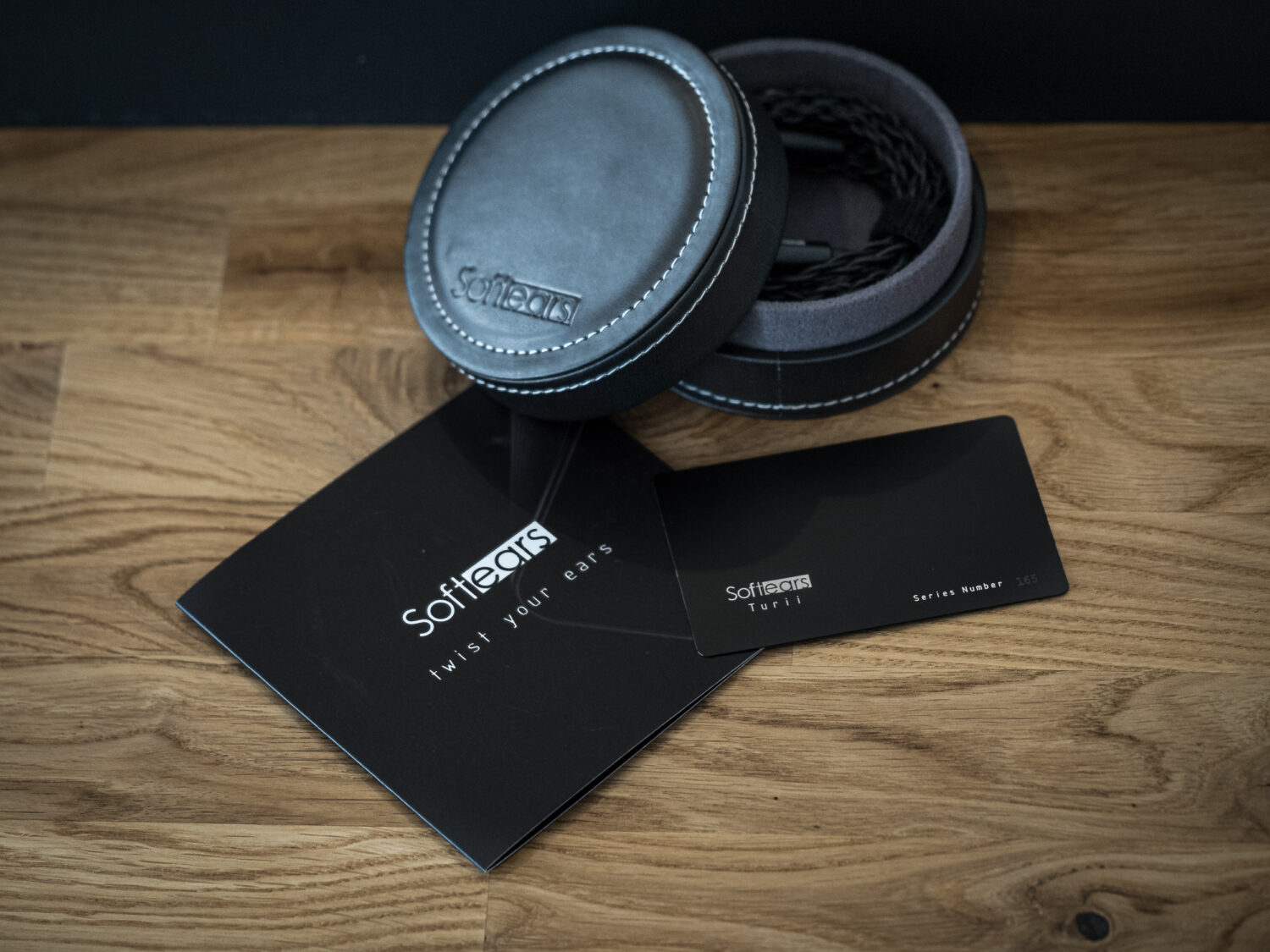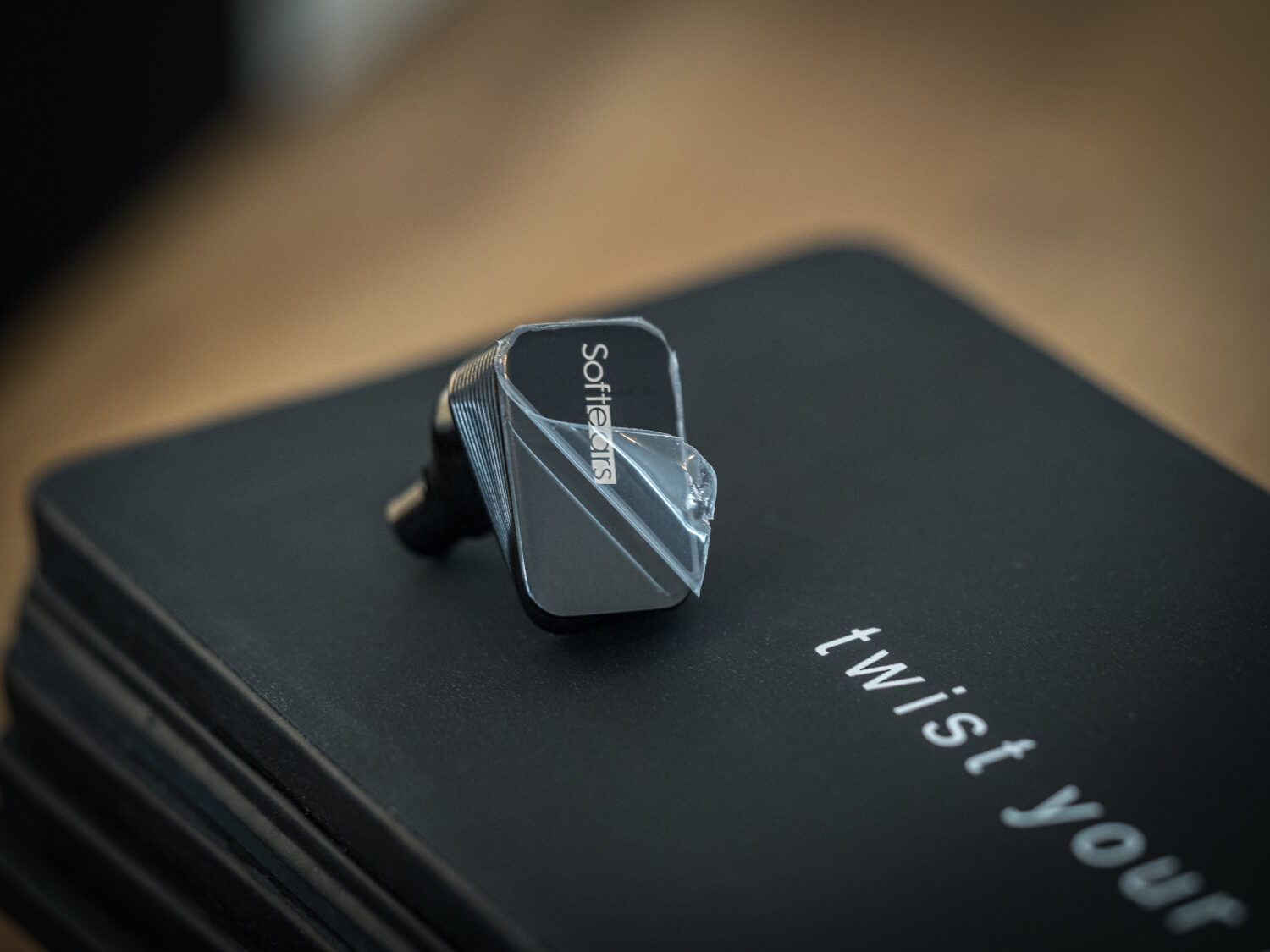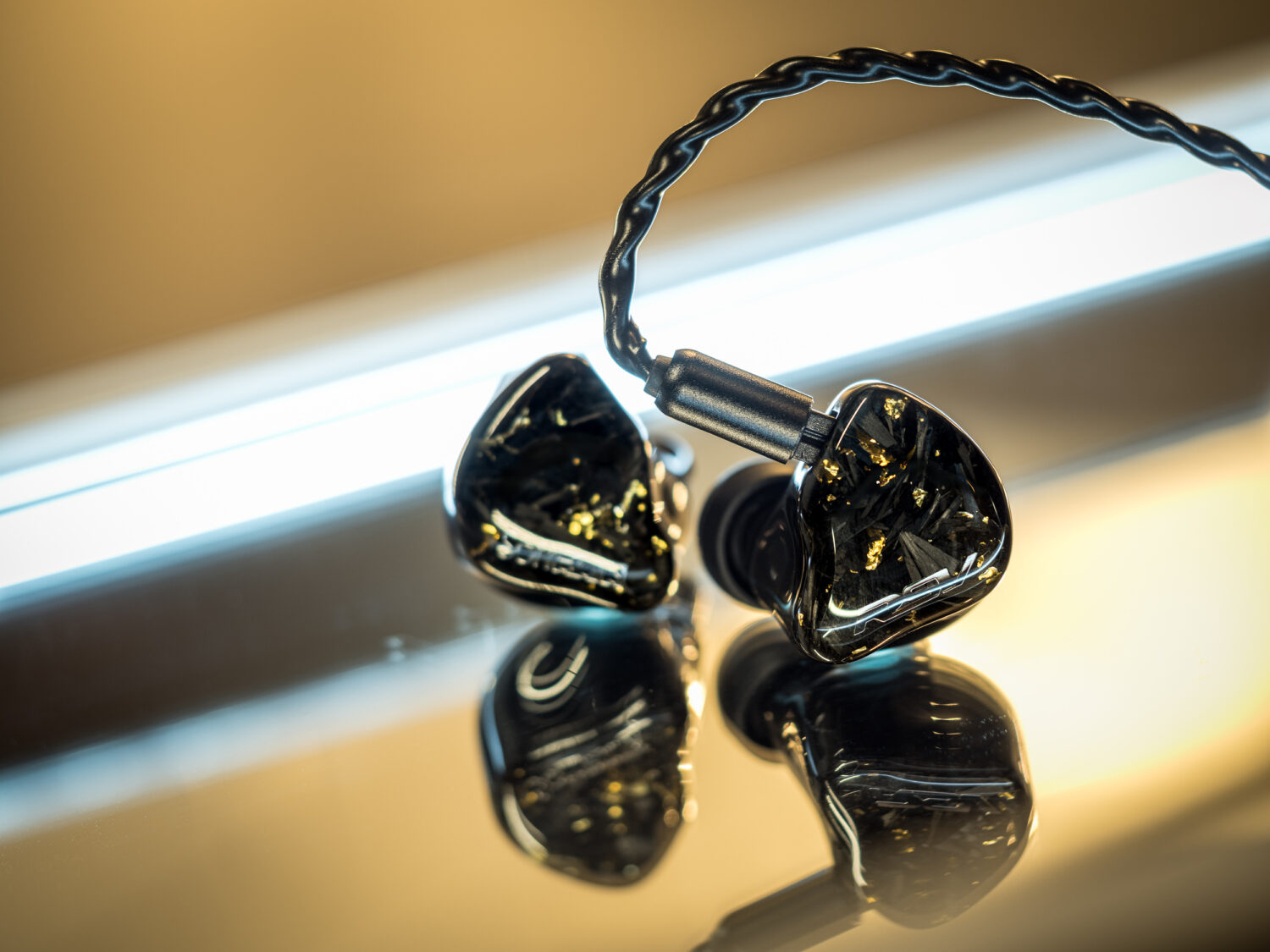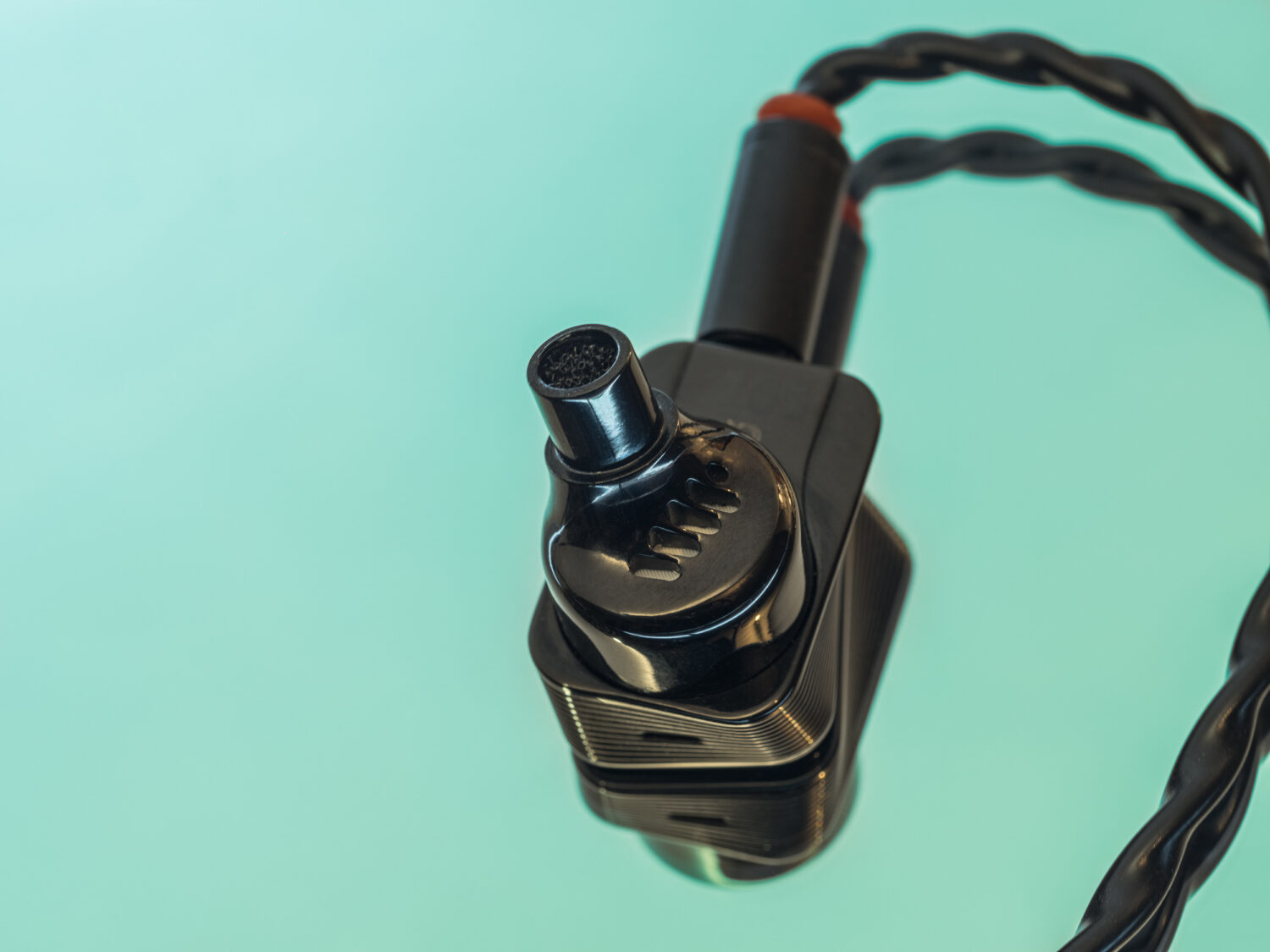
This is an introduction to the company Softears featuring their products Turii and RSV. Softears is a very young IEM company that was founded 2017. Unveiling two high-end IEM in 2018, the newcomer from Sichuan, China, made a surprisingly sound entry into the market. MoonDrop, one of the hottest Chi-Fi brands at the moment, mentioned in my thread on Head-Fi that the two share some resources and R&D. They partly develop cooperatively and possibly exchange the one or other component. However, though there might be occasional similarities, Softears’ strategy is to strive for the high-end market whereas MoonDrop is more price sensitive.
Softears’ launch products are the RS10 and Cerberus. RS is an abbreviation for “Reference Sound” and the number 10 indicates the BA driver count per side. From what I’ve been told, the RS10 hits the Harman-target on the head. Reviews suggest the RS10 is all kinds of awesome, though the warmer Cerberus, a 3-way design with a dynamic low-end, is easier to get into. Both custom in-ear-monitors are priced at around 13.000 CNY or the equivalent of 2.000 EUR. From my outside perspective, it seems as if Softears managed to present themselves and be accepted as a high-end branch of the Chinese manufacturing community.
At the end of 2019, Softears reveiled the Turii, a high-end single dynamic universal. I will be featuring this model in more detail. Very recently, they also released their fourth IEM, a more affordable RSV or RS5. It features a lower driver count, but the same design philosophy and coherency as the RS10. Like the RS10 and Cerberus, the RSV is available as CIEM or universal. I will cover and review this model first.
Finally, you can’t hold a high-end brand name if you don’t dive into cables. Softears’ solution is called the Turboo and was designed specifically for the Turii. Though of course the upgrade cable will be compatible with any Softears or other IEM that uses 0.78mm connection. It uses pure silver litz and user-replacable termination (3.5mm, 4.4mm, 2.5mm). Price and specs are very similar to the DUNU Blanche, which is what I will also be testing on the Turii.
Quick Navigation
Turii by Softears

The Softears Turii is priced at 8.999 CNY, which translates to around 1.399 USD excluding VAT or 1.399 EUR including VAT. Considering additional expenses that a local distribution entails, for example safety certifications, logistics, warranty service, translations, electric waste, etc., I would expect it to be sold for at least 1.499 USD/EUR. That’s approximately the price of the Campfire Solaris, but still below DUNU Luna, final A8000 or any universal from 64 Audio (at the point of this writing).
Inside Turii’s CNC-machined aluminum housing is a single diamand-like carbon dynamic driver with a very expensive magnetic coil system that creates a flux of 1.6 tesla. The space behind the drivers is optimized for air stream with 7 vents to reduce resonances. Unfortunately, my Chinese isn’t good enough to translate the whole technicalities, but there seems to be more thought added into this IEM than “a single DD” makes it sound. There were rumors saying the MoonDrop flagship IEM Illumination is using the same driver, but MoonDrop said that there were differences.
The meaning of the name “Turii” cannot easily be guessed. It is a composition of “Twist, Tweet and Turing”. Aha. The name and the visual design were created by an external design studio by the name of Zhiyu.
Early Impressions
The Turii has a very natural sound with slightly elevated bass and a nice pinch of warmth. The upper mids and treble are among the most refined I’ve ever experienced, possibly setting a new benchmark. Trumpets, cymbals, piccolos and violins have amazing realism.
Voices are lush and full-sounding, while preserving a convincing timbre. The ported design of the Turii allows for a huge soundstage, too.
I can already say this much: I slightly prefer them over the final A8000 and the DUNU Luna. They smash the Campfire Solaris and challenge the best of the best.
RSV by Softears

Compared to the Turii, the RSV is a straight-forward multi-BA design. It packs 5 balanced armature receivers per side in a 3-way configuration. The comfortable acrylic universal-fit body uses a shape that has been tested and trusted. The faceplate carries gold flakes and – underneath a flat protective layer – embossed silver logos for “Softears” and “RSV”. Mixed with gold flakes you can find black splitters in the faceplate that give it an interesting design if you look closely.
If you buy from China, you can get the Softears RSV for only 4.399 CNY (MSRP is 4.600 CNY) which is around 729 USD/EUR. Again, for the same reasons as described above, I wouldn’t be surprised to see a local sales price at 799 USD/EUR.
Early Impressions
Softears are incredible at tuning! It’s so shocking that for the first time ever, I wouldn’t even know what to do with an equalizer. The sine sweep is one straight line like I’ve never heard before.
There are a bunch of competetive products in the same ball park, including the DUNU SA6, ThieAudio Monarch / Clairvoyance or MoonDrop Blessing 2 (Dusk). Unfortunately I can’t compare with them directly, but I seriously doubt any of them would be better. You simply cannot get more accurate and polished with the tuning of BA drivers – at least for me.
Coming Up Next

This is really just the introduction. The reviews will be coming soon, as well as measurements. But I can say this much, the two products at hand are phenomenal!
Sometimes I tend to feel like I was the one who discovered MoonDrop. Of course that’s not true – there is no stopping the genius. But when I was discussing gear and measurements with MoonDrop’s founder on WeChat, I knew I found gold. The brand wasn’t known or available anywhere outside of China at that time. When I finally got my hands on the Kanas Pro after, I was recommending it to everyone in my review network and, and in fact, the hype came months after my review and forum discussions. I’m not even surprised to see where MoonDrop is now.
This is not the only time I highly praised a product and recommended it before it got hot. There was actually some convincing involved to give audiophiles a go with pro-audio equipment. But glad I did, I feel like I had a role in getting the RME ADI-2 Pro into the Head-Fi scene.
I have this feeling now again like I had with MoonDrop and RME. Softears will rise to fame! The impact won’t be as big as MoonDrop – because at that time most of Chi-Fi had no idea what they were doing. Now, the market is full with good brands, but there is definitely room for one more. At least for this one. And I can also tell they are paying more attention to what the frequency graph doesn’t show – there is a good sense for sound quality in both the Turii and RSV!
Fortunately, I can be a very critical reviewer too. I never had to praise a product I didn’t like and I turned down more reviews than I wrote. This is especially true since my available time has gotten very limited. But Softears is a story worth sharing! Stay tuned.
As always, if you like my photos, consider following me on Instagram.
@16bitaudiophile

Really well written introduction and interesting brand. Just for the disclaimer. Did you buy both IEM or are those free review samples?
Hi Prada,
thank you. These demos were provided by Softears and do not belong to me. I do plan to make an offer so that I can keep them. Or I will have to check out one of their two flagships… (If time allows it.)
hi have you heard better than turii yet?
In terms of single DD, not yet.